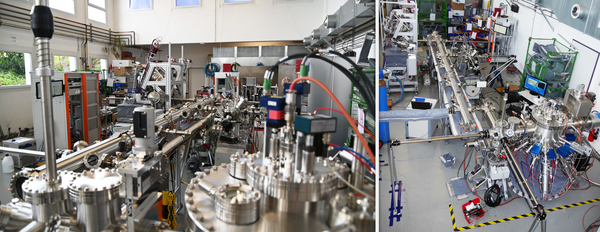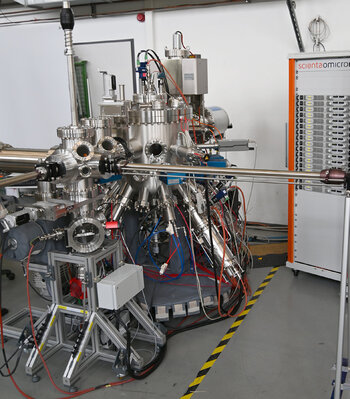University of Nottingham: New MIP for Epitaxial Growth and In-situ Analysis of 2D Semiconductors
A new facility (EPI2SEM) is established at the University of Nottingham, which focuses on the epitaxial growth and in-situ analysis of a new generation of 2-dimensional semiconductors. These materials have the potential to transform many of the technologies we see around us and use every day, due to their unique electronic properties (tuneable band structure, IR-VIS-UV broad optical absorption, electron correlations, high electron mobility, etc.). They also have the versatility for a wide range of applications (digital flexible electronics, optoelectronics, quantum technologies, energy, etc.). The facility provides the capability to grow novel semiconductors with atomic layer precision in a clean ultra-high vacuum system with fully characterised electronic, chemical and morphological properties.

The core element of the new facility is the new Materials Innovation Platform (MIP) delivered by Scienta Omicron including a PRO-75 MBE, a NanoESCA, and a Multiprobe Prep Module with VT STM. The in-situ transfer between the modules is realised via a UHV Linear Transfer Line (LTL). The NanoESCA instrument can be operated in several complementary electron spectroscopic modes. Measurements in PEEM, μ-ARPES, and XPS mode at the same spot on the sample are enabled by the high precision, low vibration sample stage reaching temperatures below 20 K.
Read more about the EPI2SEM facility here: https://www.nottingham.ac.uk/physics/news/2.9-million-epsrc-award-for-2d-research.aspx

